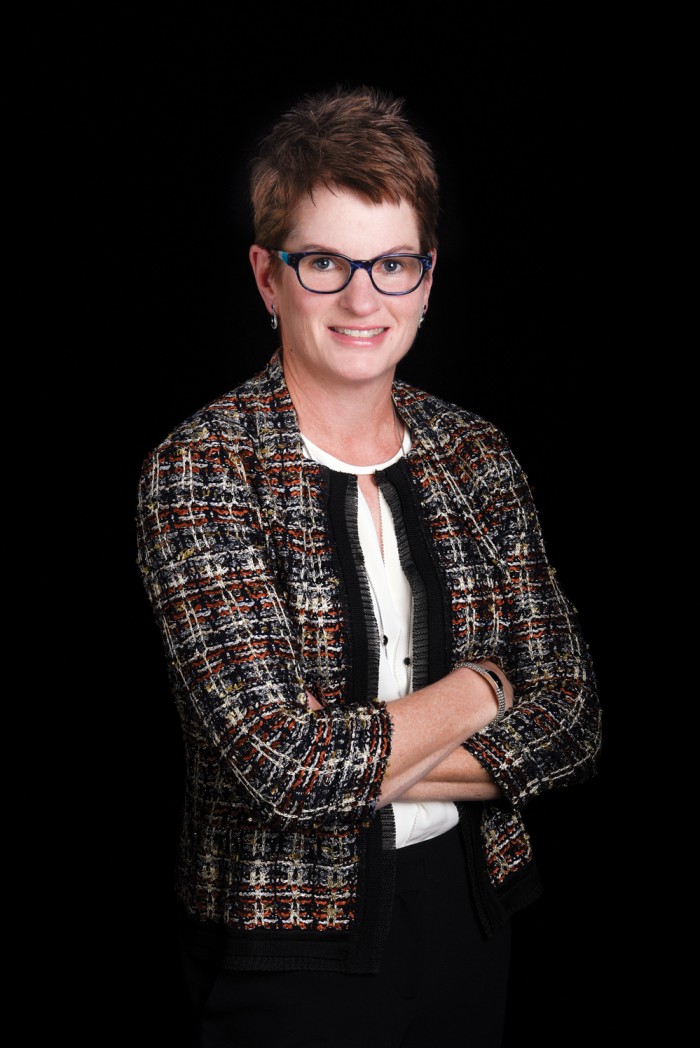Erin O’Shea, PhD ’92
Erin O’Shea started her PhD at MIT while working as a research tech for Peter Kim, then an MIT professor and later the head of Merck Research Laboratories. After publishing two articles in Science on the leucine zipper—a configuration of a DNA-binding protein—she quickly found she couldn’t walk away. “I didn’t want to quit this project that I’d started—that was the bottom line,” says O’Shea.
While completing her PhD and in the years that followed, O’Shea studied areas including proteins in the yeast genome and gene regulation. Her research has helped scientists understand how a cell’s ability to sense and respond to environmental changes affects the chances that it will survive and succeed.
Her work in biochemistry and genetics has brought her honors ranging from young- investigator awards from the American Society for Cell Biology in 2000 and the Protein Society in 2001 to election to the National Academy of Sciences in 2004.

O’Shea has held faculty appointments at the University of California, San Francisco, and at Harvard, where she ran a lab for 11 years, working on gene regulation and the biology of the circadian clock, which, she says, “controls our sleep/wake cycle, … when we eat, our activity patterns, our digestion.”
In 2000, O’Shea joined the Howard Hughes Medical Institute (HHMI), an influential biomedical research organization, as an investigator. In 2013 she began serving as its vice president and chief scientific officer, and in September she became president, overseeing research, science education, and Janelia, HHMI’s research campus in Ashburn, Virginia.
As president, O’Shea has a new lab at the HHMI headquarters in Maryland and focuses on neuronal cell biology. But she is also excited, she says, about her role at the institutional level.
“I want to enhance diversity in the scientific workforce, both at HHMI and beyond,” she says. “I want to continue what my predecessor has done to forge partnerships with other philanthropies—partnerships that enable philanthropies collectively to do activities that have much greater impact than if we simply functioned in isolation. And I want to forge new links between basic sciences and clinical medicine because medicine, patient care, and clinical trials can inform basic science.”
O’Shea and her husband, Douglas, and their German shepherd dogs enjoy an active lifestyle and are looking forward to exploring Maryland.
Keep Reading
Most Popular
Large language models can do jaw-dropping things. But nobody knows exactly why.
And that's a problem. Figuring it out is one of the biggest scientific puzzles of our time and a crucial step towards controlling more powerful future models.
How scientists traced a mysterious covid case back to six toilets
When wastewater surveillance turns into a hunt for a single infected individual, the ethics get tricky.
The problem with plug-in hybrids? Their drivers.
Plug-in hybrids are often sold as a transition to EVs, but new data from Europe shows we’re still underestimating the emissions they produce.
Stay connected
Get the latest updates from
MIT Technology Review
Discover special offers, top stories, upcoming events, and more.